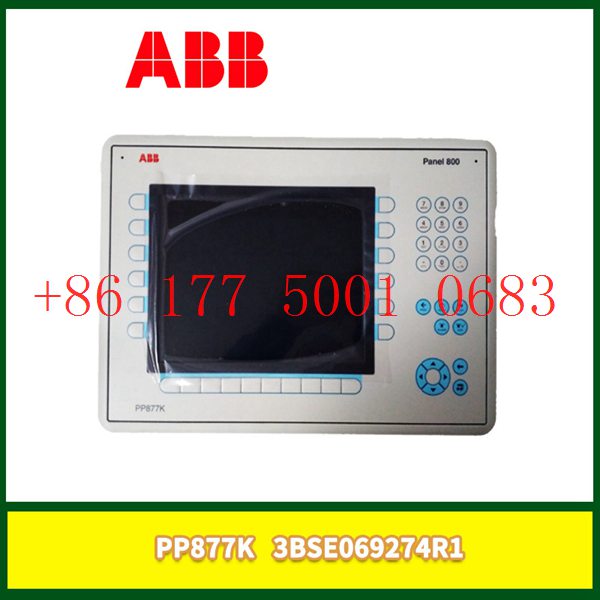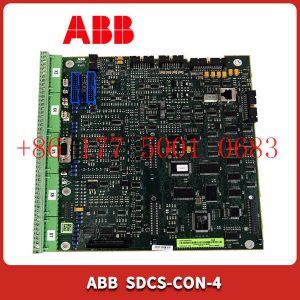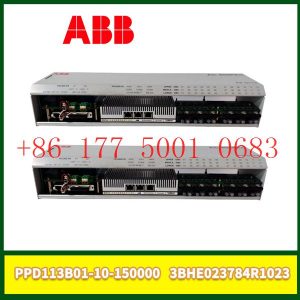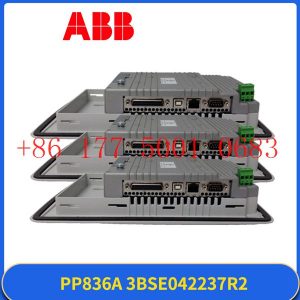Description
hardware flow control. It is an ideal choice in the field of industrial automation.
(5) Perform predictive maintenance, analyze machine operating conditions, determine the main
causes of failures, and predict component failures to avoid unplanned downtime.
Traditional quality improvement programs include Six Sigma, Deming Cycle, Total Quality Management (TQM), and Dorian Scheinin’s
Statistical Engineering (SE) [6]. Methods developed in the 1980s and 1990s are typically applied to small amounts
of data and find univariate relationships between participating factors. The use of the MapReduce paradigm to simplify data processing in
large data sets and its further development have led to the mainstream proliferation of big data analytics [7]. Along with the development of
machine learning technology, the development of big data analytics has provided a series of new tools that can be applied to manufacturing
analysis. These capabilities include the ability to analyze gigabytes of data in batch and streaming modes, the ability to find complex multivariate
nonlinear relationships among many variables, and machine learning algorithms that separate causation from correlation.
Millions of parts are produced on production lines, and data on thousands of process and quality measurements are collected for them, which is
important for improving quality and reducing costs. Design of experiments (DoE), which repeatedly explores thousands of causes through
controlled experiments, is often too time-consuming and costly. Manufacturing experts rely on their domain knowledge to detect key
factors that may affect quality and then run
DoEs based on these factors. Advances in big data analytics and machine learning enable the detection of critical factors that effectively
impact quality and yield. This, combined with domain knowledge, enables rapid detection of root causes of failures. However,
there are some unique data science challenges in manufacturing.
(1) Unequal costs of false alarms and false negatives. When calculating accuracy, it must be recognized that false alarms
and false negatives may have unequal costs. Suppose a false negative is a bad part/instance that was wrongly predicted to
be good. Additionally, assume that a false alarm is a good part that was incorrectly predicted as bad. Assuming further that
the parts produced are safety critical, incorrectly predicting that bad parts are good (false negatives) can put human lives
at risk. Therefore, false negatives can be much more costly than false alarms. This trade-off needs to be considered when
translating business goals into technical goals and candidate evaluation methods.
Excitation system ABB module NDIO-02
Excitation system ABB module NDCU-33CX 3AUA0000052751
Excitation system ABB module NDCU-12C NDCU-12CK
Excitation system ABB module NDCS03
Excitation system ABB module NDBU-95C
Excitation system ABB module NDBU-95C
Excitation system ABB module NCTM01
Excitation system ABB module NCPM01
Excitation system ABB module NCOM04
Excitation system ABB module NCOM03
Excitation system ABB module NCOM02
Excitation system ABB module NCOM01
Excitation system ABB module NCNA-01
Excitation system ABB module NCIS02
Excitation system ABB module NCIS01
Excitation system ABB module NBTM01
Excitation system ABB module NBRA-658C
Excitation system ABB module NBIO-21CU
Excitation system ABB module NBIO-21C
Excitation system ABB module NBIM02
Excitation system ABB module NBIM01
Excitation system ABB module NASO01
Excitation system ABB module NASM04
Excitation system ABB module NASM03
Excitation system ABB module NASM02S
Excitation system ABB module NASM02E
Excitation system ABB module NASM02
Excitation system ABB module NASM01
Excitation system ABB module NASI02/F
Excitation system ABB module NASI02
Excitation system ABB module NAOM01
Excitation system ABB module NAMU-01C 64702475D
Excitation system ABB module NAMM03
Excitation system ABB module NAMM02
Excitation system ABB module NAMM01
Excitation system ABB module NAIO-03
Excitation system ABB module NAIO-03
Excitation system ABB module NADS01
Excitation system ABB module MX-CS101-401
Excitation system ABB module MTB-01 3HNA006035-001
Excitation system ABB module MSR04XI
Excitation system ABB module MPRC086444-005
Excitation system ABB module MPRC086444-005
Excitation system ABB module MJFA9902
Excitation system ABB module MFS3N-230V
Excitation system ABB module MFPM02
Excitation system ABB module MFE460A033BW
Excitation system ABB module MEM86-3×192/CMBMR3
Excitation system ABB module MDO32BNS
Excitation system ABB module MDI32BIS
Excitation system ABB module MCOB-02 3HNE09204-1/03
Excitation system ABB module MCCB-02 3HNA001572-001
Excitation system ABB module MCB-02 3HNA018575-001
Excitation system ABB module MB810
Excitation system ABB module MB801V512
Excitation system ABB module MB510 3BSE044219DB
Excitation system ABB module MB510 3BSE002540R1
Excitation system ABB module MB510 3BSE002540R1
Excitation system ABB module MAI32LAD
Excitation system ABB module MAI32LAD
Excitation system ABB module M3AA80B2
Excitation system ABB module M2004HW
Excitation system ABB module LXN1604-6
Excitation system ABB module LWN2660-6EG
Excitation system ABB module LWN2660-6E 3BHL000986P7002
Excitation system ABB module LWN2660-6E
Excitation system ABB module LWN2660-6
Excitation system ABB module LWN1902-6
Excitation system ABB module LTU-785
Excitation system ABB module LTC745A101 3BHE039905R0101
Excitation system ABB module LTC743CE22 3BHE013299R0022
Excitation system ABB module LTC743CE 3BHE013299R0001
Excitation system ABB module LTC743CE 3BHE013299R0001
Excitation system ABB module LTC391AE01 HIEE401782R0001









Reviews
There are no reviews yet.